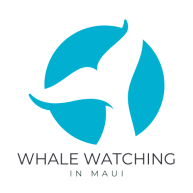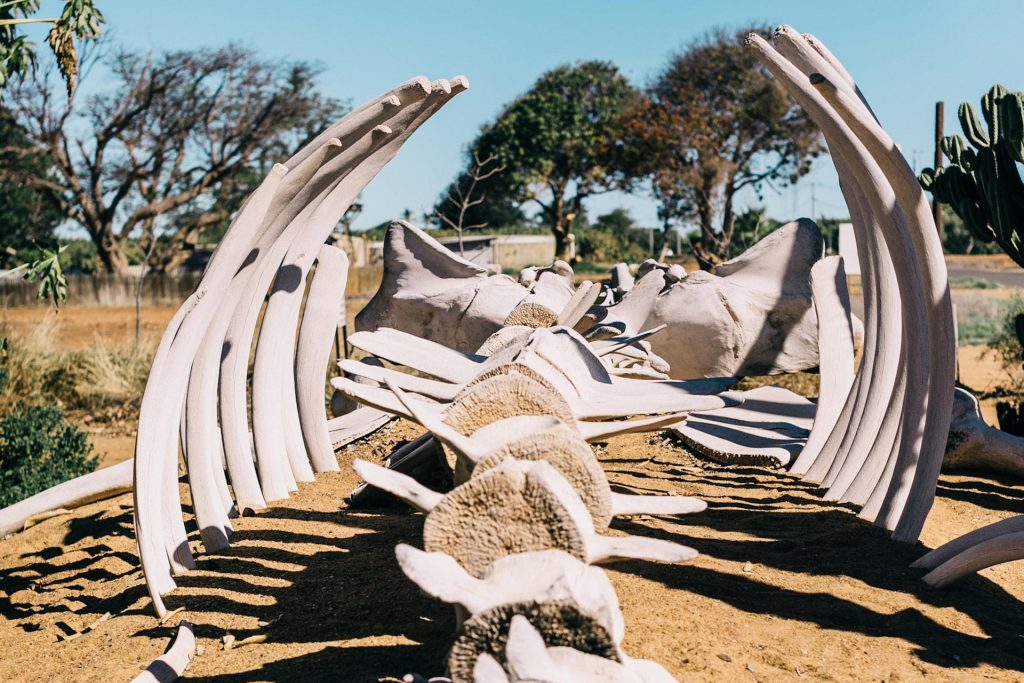Maui, a vibrant island paradise in the heart of the Pacific, boasts a rich history of whale watching intertwined with the ocean. From the era of whaling to the modern era of eco-tourism, our relationship with the whales that inhabit the waters of Maui has undergone a profound transformation throughout the history of whale watching in Maui.
I have to admit that, as a true lover of whales, it’s very difficult to talk about the whaling aspect of the history of whale watching in Maui. But, it’s necessary in order to appreciate the eventual and inspiring turn-around in Maui’s history of whale watching.
Key Takeaways
- The whaling era significantly impacted Maui, both economically and environmentally, while also having a profound impact on the island’s indigenous population.
- Growing public awareness and the devastating impact of whaling led to a shift towards conservation efforts and the rise of responsible whale watching tourism.
- Whale watching has become a cornerstone of Maui’s tourism industry, with a focus on sustainable practices and minimizing disturbance to whales.
- Maintaining safe distances, minimizing noise pollution, and supporting research are crucial for responsible whale watching.
- Decades of conservation efforts, including international agreements and habitat protection, have led to the recovery of some whale populations.
- Continued commitment to eco-friendly practices, community partnerships, and education are essential for the long-term sustainability of whale watching in Maui.
A Whaling Past: Lahaina’s Dark History of Whale Watching

In the 19th century, Lahaina, a charming town on Maui’s west coast, served as a bustling whaling port. Scores of ships from around the world converged here, seeking respite after months at sea and replenishing their supplies. Lahaina’s harbor became a haven for weary sailors, but this prosperity came at a significant cost within Mau’s history of whale watching.
Whaling was a dangerous and arduous endeavor. Whalers braved treacherous seas, enduring months of isolation and facing the ever-present threat of injury or even death. The pursuit of these majestic creatures led to the decimation of whale populations across the globe. This was a dark time in the history of whale watching in Maui.
In Maui’s overall history of whale watching, the impact on the local ecosystem was also profound. The social and cultural effects on the indigenous Hawaiian population were significant. For example, the arrival of whalers brought new diseases, disrupted traditional ways of life, and introduced social and economic upheavals.
Fun Fact!
Some whales can dive to depths of over a mile!
The Impact of Whaling on Different Species

- Right Whales: These slow-moving whales were particularly vulnerable and suffered devastating population declines. Their slow reproductive rates continue to make recovery extremely challenging. Throughout the modern part of the history of whale watching, sightings of right whales are very rare.
- Blue Whales: The largest animals on Earth, blue whales were also heavily targeted by whalers. Their populations plummeted to near-extinction, and recovery has been slow.
- Humpback Whales: While heavily hunted in the past, humpback whales have shown remarkable resilience and are making a strong comeback in many parts of the world. They are also a crowd favorite in the history of whale watching.
Fun Fact!
A single humpback whale can consume over two tons of krill per day!
Where to Learn About Maui’s Whaling Past
To learn more about Maui’s whaling history, several venues offer valuable insights:
- The Lahaina Historical Society: This organization maintains a museum and archives that delve into the town’s maritime past, including its whaling era.
- The Baldwin Home Museum: This historic house museum offers a glimpse into the lives of early missionaries and whaling captains who lived in Lahaina.
The Decline of Whaling and the Rise of Conservation
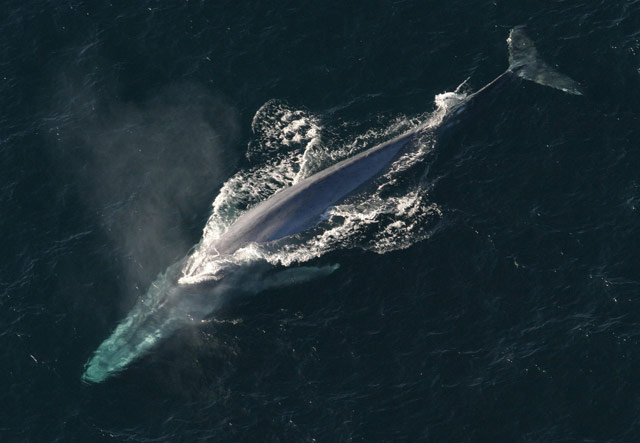
Several factors contributed to the decline of whaling in the late 19th and early 20th centuries. Technological advancements, such as the invention of the steam engine, made other industries more profitable. Growing public awareness about the plight of whales, fueled by influential books and inspiring documentaries, sparked a global conservation movement.
The International Whaling Commission, established in 1946, played a crucial role in regulating whaling activities and was a defining moment in the history of whale watching. Over time, international agreements and national legislation were enacted to protect whale populations. In the United States, the Marine Mammal Protection Act of 1972 and the Endangered Species Act of 1973 provided crucial legal protections for whales.
The Dawn of Eco-Tourism: A Shift in Perspective
As public awareness grew and whaling activities declined, a new form of whale interaction emerged: whale watching. In the history of whale watching, this new activity offered a more sustainable and respectful way to experience these magnificent creatures in their natural habitat. Early whale watching tours were often small-scale operations, focusing on providing a unique and educational experience for visitors.
Whale Watching in Maui Today: A Blend of Adventure and Conservation
A new day has dawned in Maui’s history of whale watching. This awe-inspiring activity has become a cornerstone of Maui’s tourism industry. Numerous tour operators offer a range of experiences, from intimate small-group excursions to larger boat tours.
Modern whale watching emphasizes responsible practices:
- Maintaining Safe Distances: Strict guidelines ensure that boats maintain a safe distance from whales, minimizing stress and disruption to their natural behaviors.
- Minimizing Noise Pollution: Operators utilize quieter engines and adhere to speed limits to reduce underwater noise, which can interfere with whale communication.
- Educating Visitors: Experienced guides provide informative presentations about whale behavior, conservation efforts, and the importance of protecting these magnificent creatures.
- Supporting Research: Many tour operators collaborate with marine biologists and research institutions, contributing valuable data on whale sightings, behavior, and migration patterns.
- Promoting Eco-Consciousness: Tour operators encourage sustainable practices among visitors, such as minimizing plastic waste, using reef-safe sunscreen, and respecting the marine environment.
The Future of Whale Watching in Maui
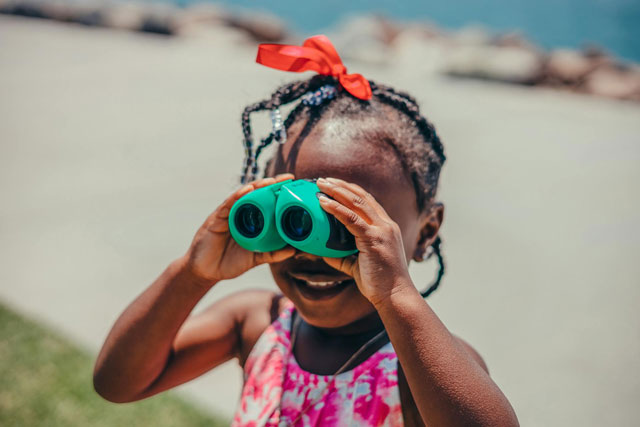
The future of whale watching in Maui lies in continued commitment to responsible practices and a deep respect for the ocean.
- Embracing Innovation: Exploring the use of eco-friendly technologies, such as hybrid or electric boats, will further reduce the environmental impact of whale watching operations.
- Strengthening Community Partnerships: Fostering collaborations between tour operators, local communities, and conservation organizations is crucial for long-term success.
- Promoting Education and Awareness: Continuously educating visitors and locals about the importance of whale conservation and the impact of human activities on the marine environment is essential.
- Supporting Research and Innovation: Investing in research and technological advancements to improve our understanding of whale behavior and develop more sustainable practices is vital.
Modern Conservation Efforts and Whale Recovery
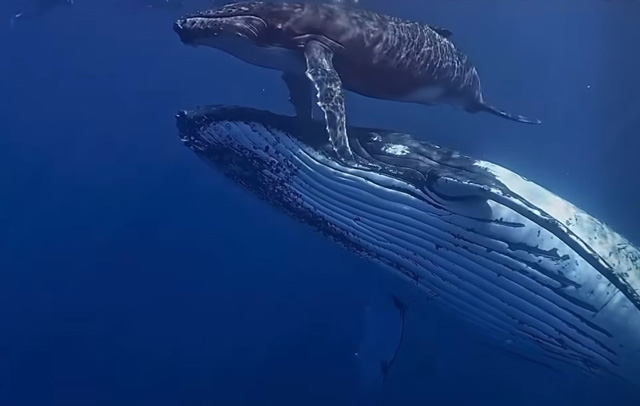
Thanks to decades of conservation efforts, many whale populations are slowly recovering. International agreements, such as the International Whaling Commission’s moratorium on commercial whaling, have played a crucial and inspiring role in their survival.
- Reduced Threats: Ship strikes have been mitigated through improved navigation and vessel speed restrictions in areas where whales are known to congregate.
- Habitat Protection: The establishment of marine sanctuaries and protected areas provides safe havens for whales to feed, breed, and migrate.
- Reduced Entanglements: Efforts to modify fishing gear and promote responsible fishing practices have helped reduce the number of whales entangled in fishing lines.
Pro Tip!
Choose tour operators that are members of eco-tourism organizations or have strong conservation commitments.
While significant progress has been made, challenges remain. Climate change, pollution, and increasing human activity continue to threaten whale populations. Continued research, education, and international cooperation are essential to ensure the long-term survival of these magnificent creatures.
Tips for Enjoying Maui’s Whale Watching Scene
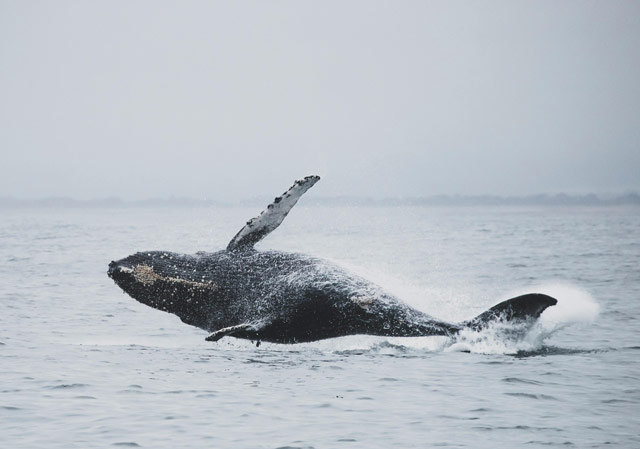
It doesn’t take much effort to enjoy the whale watching scene in Maui. All it takes is a little common sense and respect for the whales.
- Choose the right time to go: Whale season in Maui typically runs from December to May, with peak sightings occurring between January and March.
- Dress appropriately: Pack layers as ocean temperatures can vary. Bring sunscreen, a hat, and sunglasses for sun protection.
- Bring binoculars: High-quality binoculars will enhance your whale watching experience and allow you to observe these magnificent creatures in greater detail.
- Respect wildlife: Maintain a safe distance from whales, avoid making loud noises, and refrain from feeding them.
- Support local conservation efforts: Consider donating to organizations dedicated to whale research and conservation.
By embracing responsible whale watching practices, supporting conservation efforts, and raising awareness about the importance of protecting these incredible animals, we can ensure that future generations will continue to be inspired by the awe-inspiring presence of whales in the waters of Maui.
Fun Fact!
Avoid using single-use plastics and bring reusable water bottles and containers to minimize your environmental impact.
We can all chip in and continue to write positive, new chapters into the history of whale watching.
Conclusion
Understanding Maui’s history of whale watching provides valuable insights into the evolving relationship between humans and the ocean. From the era of whaling, marked by exploitation and environmental impact, we have progressed towards a more sustainable and respectful approach to interacting with these magnificent creatures.
Embracing responsible tourism practices, supporting research and conservation efforts, and fostering a deeper connection with the ocean are all ways we can contribute an inspiring chapter to the history of whale watching.
